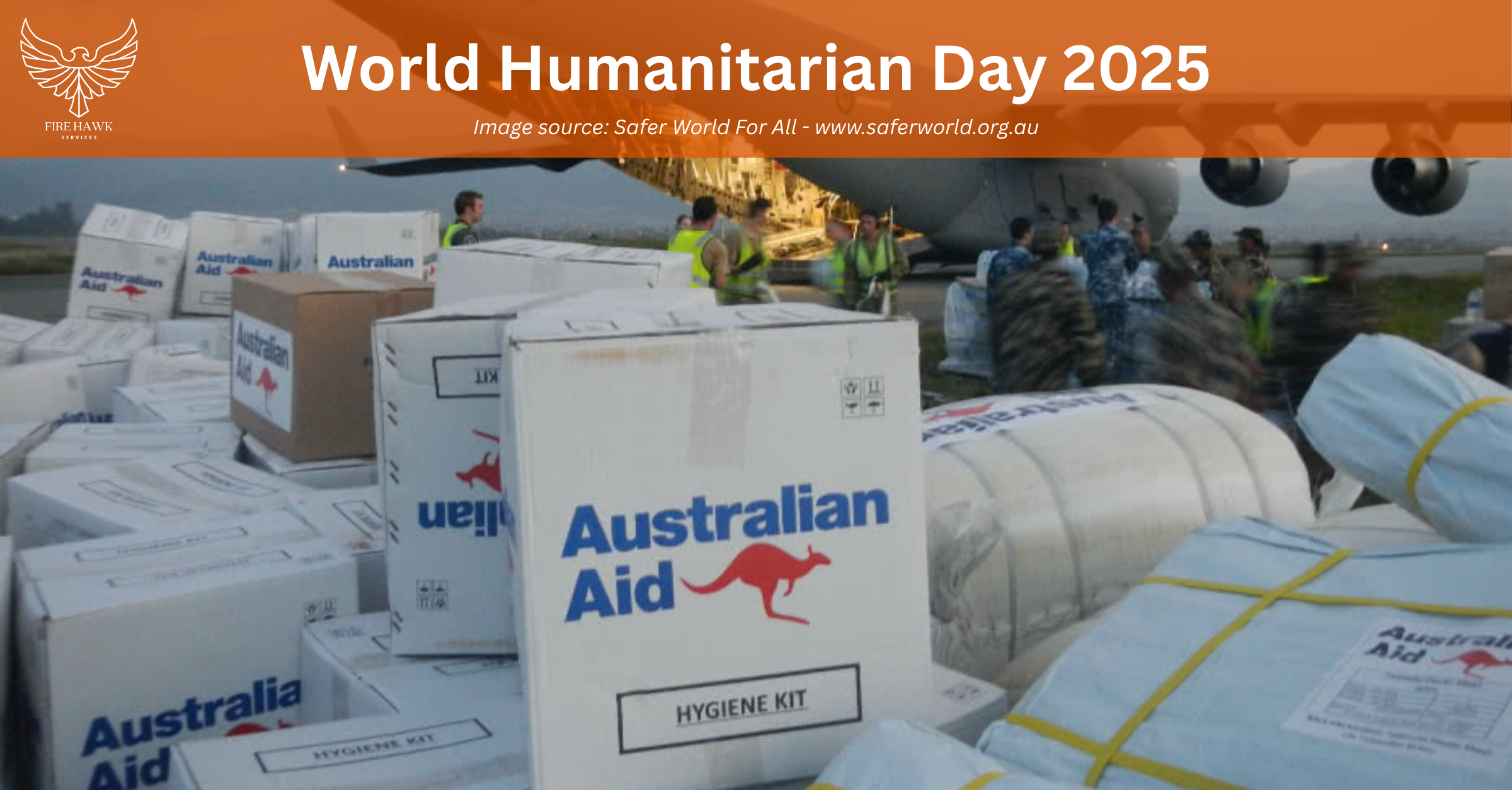Every year on 19 August, we observe World Humanitarian Day to honour humanitarian workers around the globe and the people they serve. It marks the anniversary of the 2003 attack on the United Nations headquarters in Baghdad, a tragic reminder of the risks faced by those who respond to crisis zones, disasters, and conflict-affected communities.
This year’s theme, “Strengthening Global Solidarity and Empowering Local Communities,” calls attention to a critical truth: effective humanitarian response begins with local leadership, supported by global collaboration. Whether delivering food, restoring shelter, providing medical care, or coordinating evacuations, communities at the frontline of crisis need tools and systems that reinforce, not replace, their capability.
Staying Connected in Times of Crisis
In disaster settings, where roads are impassable, power is cut, and communications infrastructure is damaged, connection becomes a lifeline. Communication isn’t just a tool, it’s what connects people, resources, and decisions when lives are on the line.
Australia has played a vital role in both domestic and international disaster response, from catastrophic bushfires and floods at home to support missions in the Pacific, Southeast Asia and beyond. The dedication and professionalism of Australian responders is well recognised, but even the most capable teams can be held back by a single point of failure: communication.
Whether coordinating evacuations, conducting aerial assessments, delivering medical supplies, or supporting multi-agency responses, public safety aircraft must often operate in communications black zones, where traditional radio and mobile networks fail.
FlightSat: Building Resilient Airborne Communications
Satellite communications (SATCOM) offer a critical capability in these conditions. FlightSat, developed by Overwatch and delivered in Australia by Fire Hawk Services, integrates the Starlink low-Earth orbit (LEO) satellite network into aviation platforms, making high-bandwidth, low-latency communication available to aircraft of all sizes.
FlightSat enables:
- Real-time coordination with field teams and command centres
- Aerial situational awareness and damage mapping
- Secure voice, data, and live video
- In-flight communication with hospitals, emergency ops centres, and aid agencies
- Resilient operations when traditional systems fail
At Fire Hawk Services, this is why we do what we do. We exist to equip people and platforms with the tools to stay connected… wherever the mission takes them.
Let’s Talk About That
As part of our World Humanitarian Day focus, the Fire Hawk Services and Overwatch Aero team will be in Adelaide on 22 August, meeting with emergency leaders and decision-makers to discuss how airborne connectivity can enhance crisis response across Australia and our region.
We’ll also be attending AFAC25 in Perth later this month, the southern hemisphere’s largest gathering of public safety and emergency management professionals.
If you're involved in aviation, emergency planning, disaster response, or humanitarian coordination, we invite you to connect, formally or informally, to share insights, challenges, and possibilities.
Contact us at FlightSat@firehawkservices.com.au
Or find us on the expo floor at AFAC25

